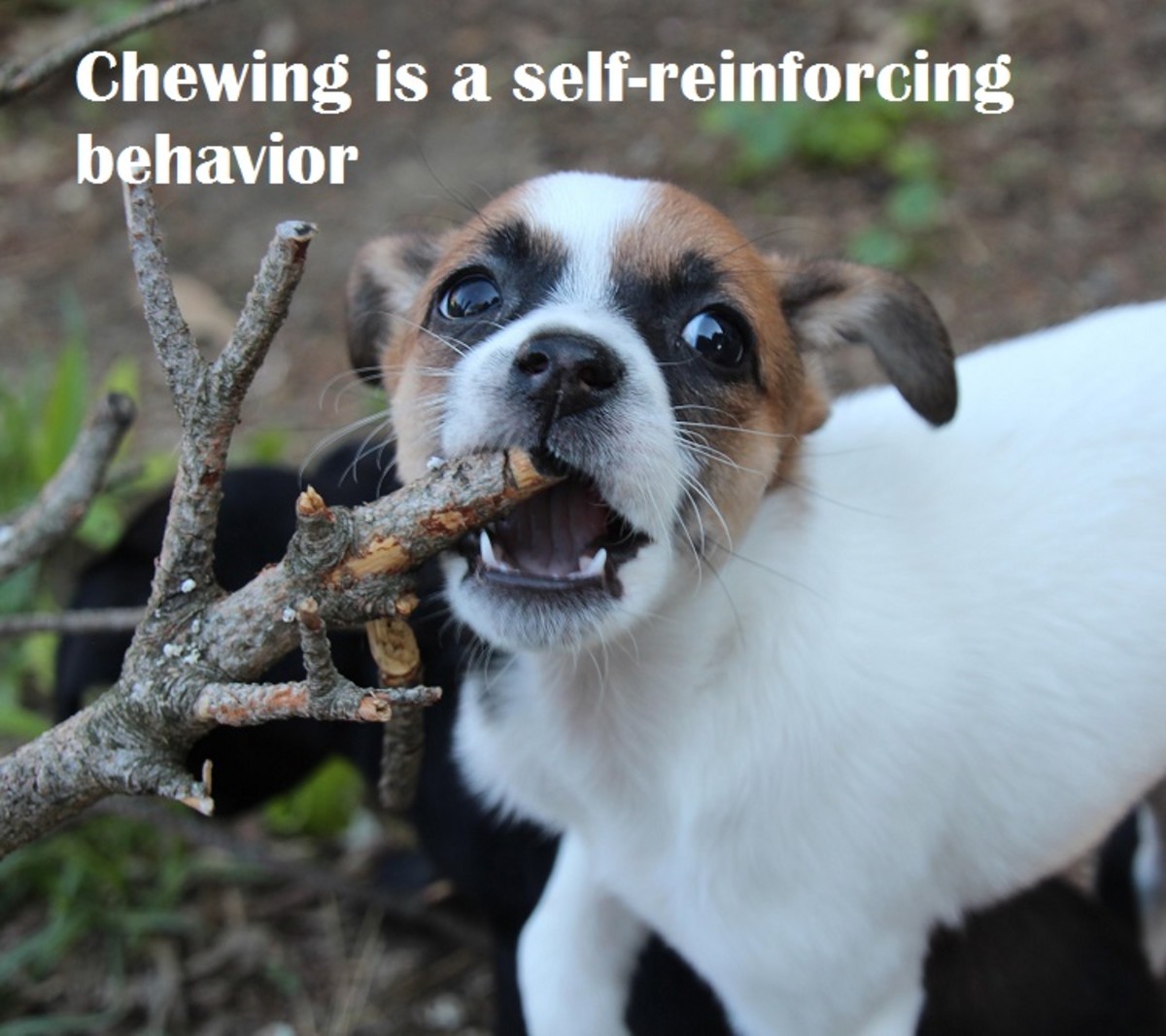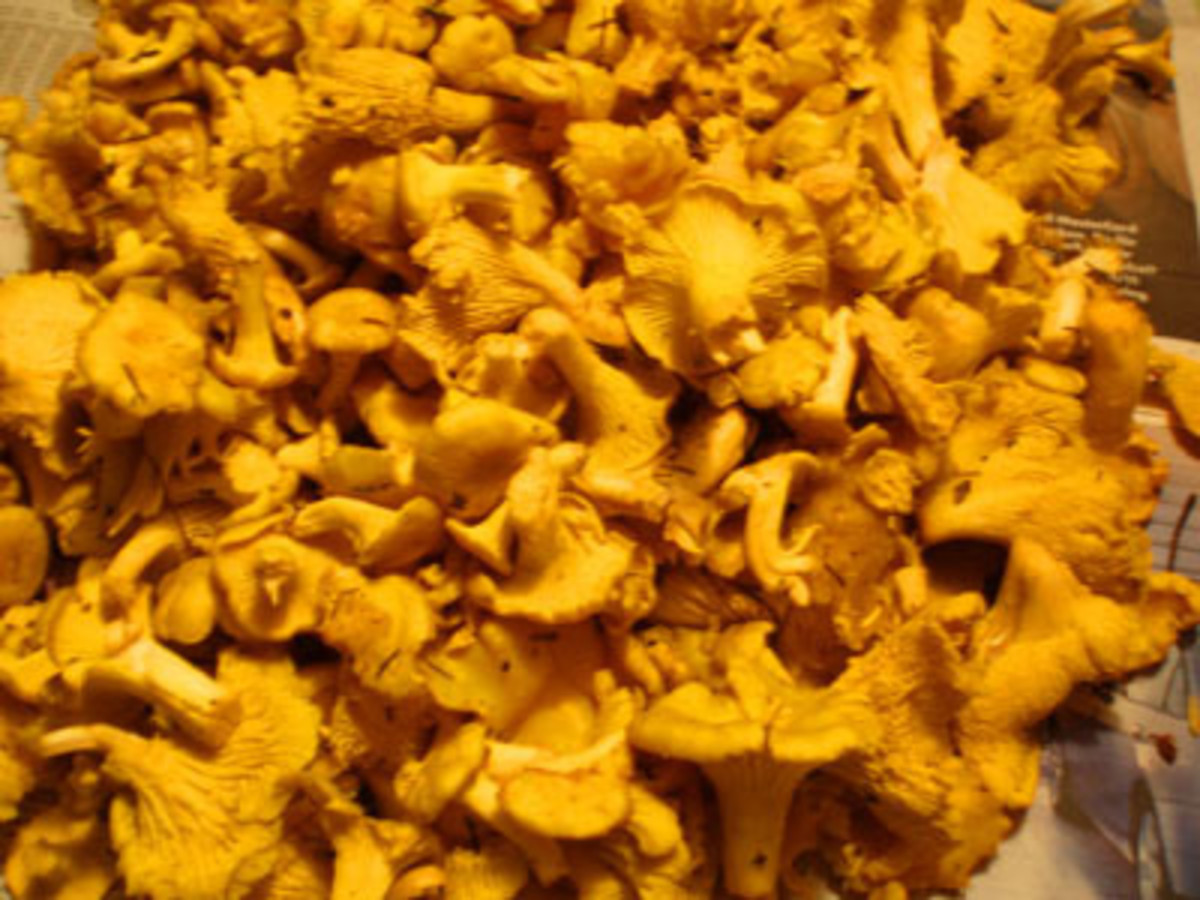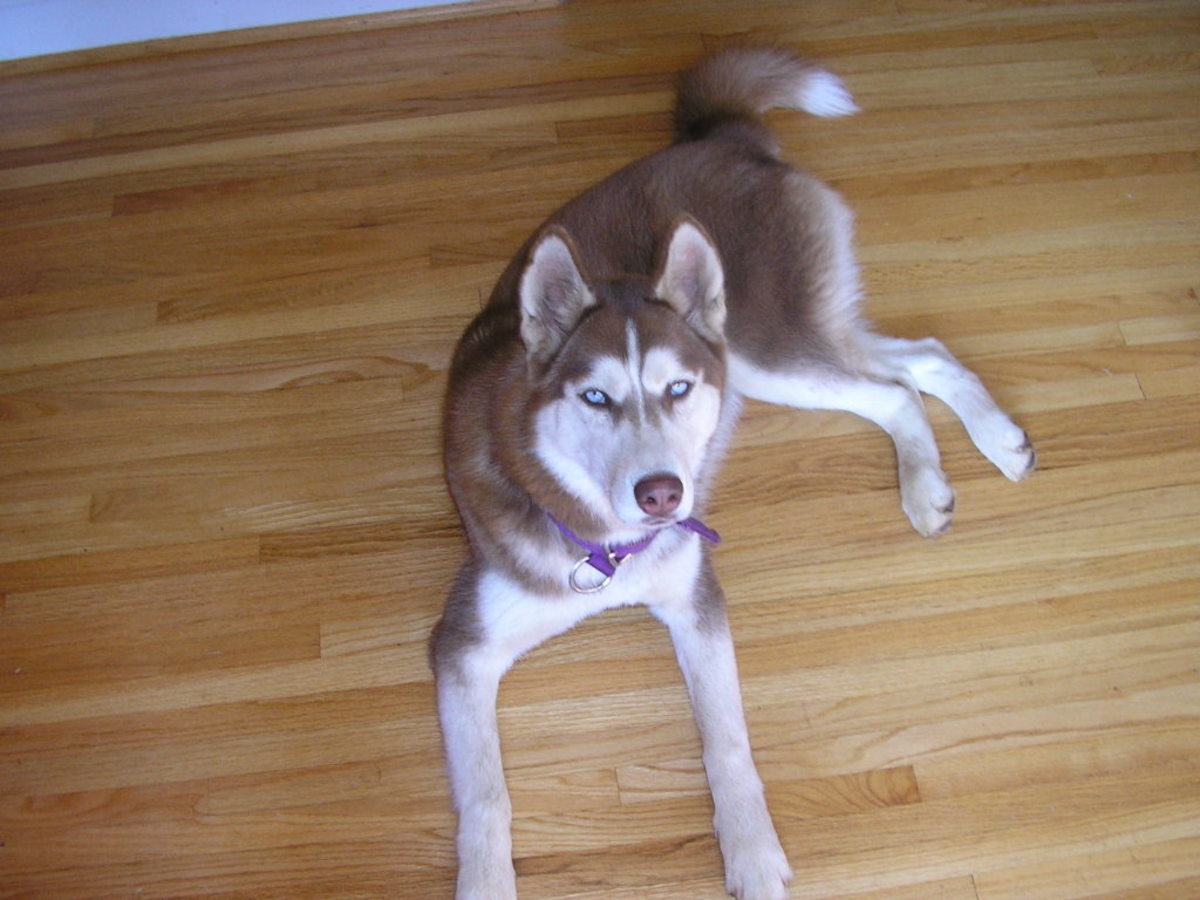How do you stop your dog becoming possessive over bones or food?
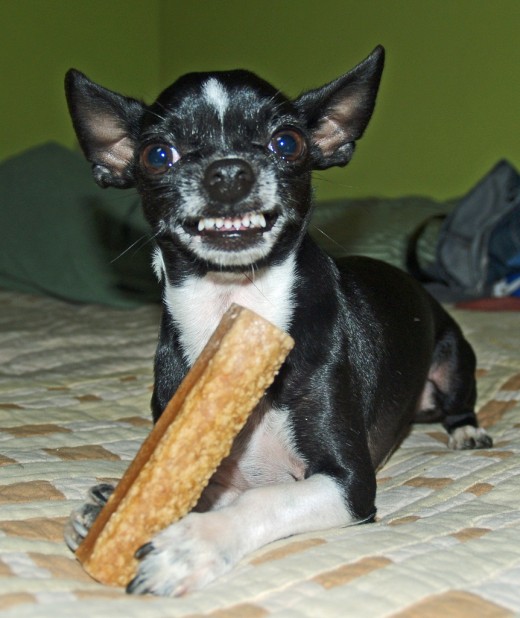
When you take on a dog (no matter how small), you will need to be aware that food aggression is a potential problem. I have noticed this mostly in dogs that are rescue dogs, (although this is usually in cases where they were previously starved or at least underfed.) Naturally this is a behavior you want to nip in the bud from an early age (or an early stage) after you adopt them, especially if you have young children or your new pet is likely to encounter children or kids in its day to day life. The question you want the answer to is 'How do you stop your dog becoming possessive over bones or food' as well as 'How do you solve the problem if it already exists in your dog?'.
Before jumping to any conclusions remember some breeds can be more possessive by nature naturally (certain terrier breeds for instance), so please don't be put off adopting a rescue dog because you believe it is an automatic risk to your children or grandchildren. Most rescue dogs won't exhibit any signs of food aggression at all and will happily let you take their food or bones away from them whenever you wish to, at worst with a quizzical 'but why?' expression on their face until you return the food, bone or toy to them. Rescue centres usually make it their business to thoroughly test dogs going up for re-homing to make sure they will not be food possessive or a risk to children, so relax, don't panic and feel confident that a rescue dog is still a great idea.
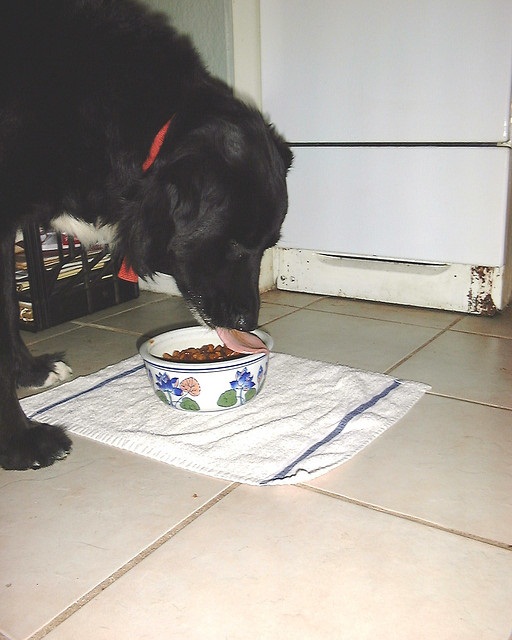
Some years back I adopted a gorgeous rescue terrier puppy that I am certain was a Cairn cross breed. She and her sister had been found dumped in a box on the gates of the RSPCA rescue centre nearest to where my late husband and I lived. At the time we had a delightfully even tempered Doberman called 'Odin', and we had decided to get him a companion. Both my husband and I immediately fell in love with this exceptionally cute and furry young puppy and signed up to adopt her. We easily passed the home check, and Odin met her at the rescue centre proving his good nature by immediately accepting her with no signs of jealousy.
The first few days after Misty came home (we called her Misty due to her smoky grey 'misty' colouring), it never occurred to me to attempt to take either her food or bones away from her, I was just delighted to have her as a part of our family. When I first decided it might be a good idea to try to remove her food from her as a test I was quite shocked that she immediately froze, and without even looking at me she began growling. Under normal circumstances I would have found this mildly amusing in a puppy that was barely three months old, but as a former veterinary assistant I immediately saw danger signs and realised that this was a potential problem that really had to be stopped before it became a significant risk, i.e. when she got much bigger and her terrier jaws became much stronger.
Preventing the problem from getting any worse (and in fact curing it completely) was not at all difficult at such a young age. When she began to growl at me I simply said "NO" very firmly, and then removed her food bowl from her for about a minute or so. After this time had passed I simply gave it back to her so she knew that the food would always come back and there was no need to be possessive over it.
During the following weeks I repeated this exercise regularly with food bowls, bones and toys. It really wasn't an issue after the first time I did it, but I wanted to be absolutely sure she understood her place in the pack pecking order. Clearly she did, because I never ever saw her show any signs of possession over anything ever again.
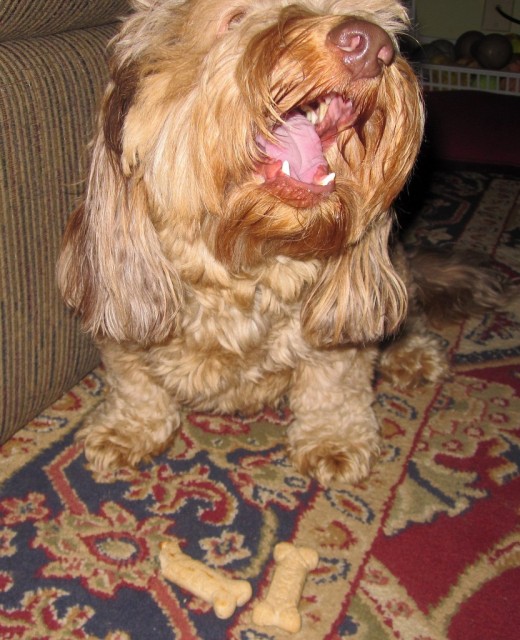
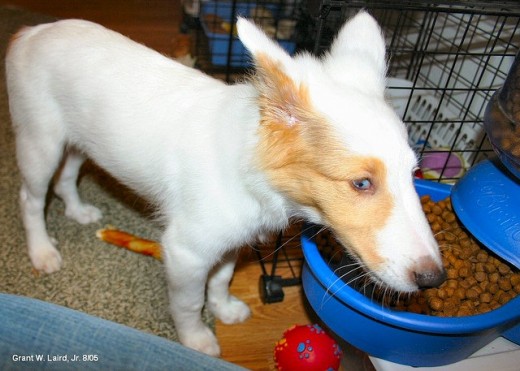
With older dogs this can be more of a problem of course, not least because they can inflict a great deal more damage with their adult teeth and jaw strength than a puppy can. You might be best off seeking the advice of a dog behaviorist who can show you ways to safely avoid being bitten whilst training them out of this bad behaviour trait. I would not advise even attempting to try this otherwise (unless you first place a muzzle on the dog and then remove the food or bone before returning them to your pet.)
The important thing to remember when training any dog is that punishment is negative reinforcement, and like children, dogs cope best on a positive reinforcement basis. It is okay to use a firm 'NO' for bad behaviour, but physical punishment is a huge 'no no'. When your dog shows the required behaviour reward him or her with praise. Ignore most negative behaviour completely, (to a dog any attention is often perceived as better than no attention.)
- Remember to reinforce your position in the 'pack' as leader by always greeting other members of your family before your dogs when you arrive home (difficult to do I know.)
- Make sure you eat before your pet and your family eat in one room and your dog in another, (again this shows the dog it is lowest in the pack.)
- Always ensure you enter the room ahead of your pet whether arriving or leaving, (this includes returning to your home after walking your dog.) If your dog barges past you then he is asserting dominance and you are letting him.
- Even when your new dog or puppy has not exhibited any signs of possessiveness over food, bones or toys it is still a good idea to occasionally take food, bones or toys away from them for a minute or so and then return them. This will prevent the possessive or aggressive behaviour from developing in the months to come.
I hope this has helped you to understand how to stop your dog or dogs becoming possessive or aggressive over food or bones. There is so much more information on this subject that it is virtually impossible to include it all in one hub article. This hub simply covers the basics that should help you to prevent a food possession problem with your new puppy or adult dog, and hopefully solve the problem if it is already showing.
Another approach to preventing or solving problems with food possessive dogs
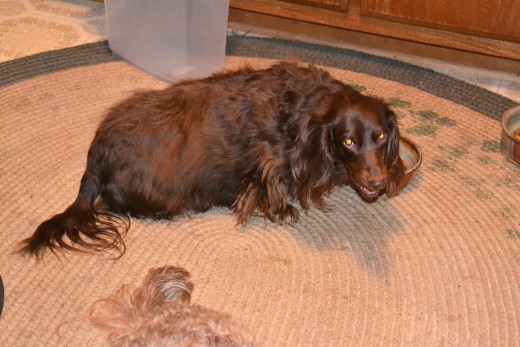
A dog shows possessive behaviour towards his own leg.
#15 of 30 in the March 2012 Challenge

